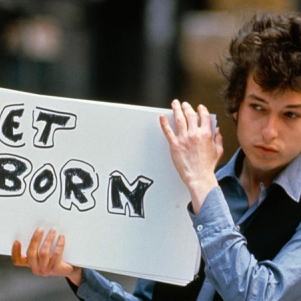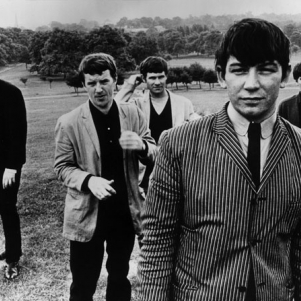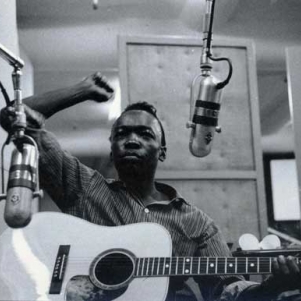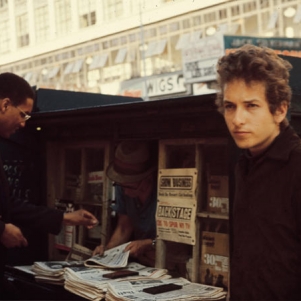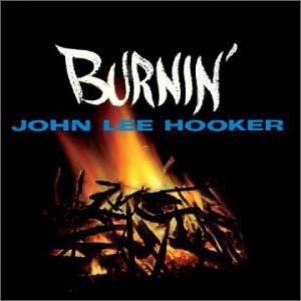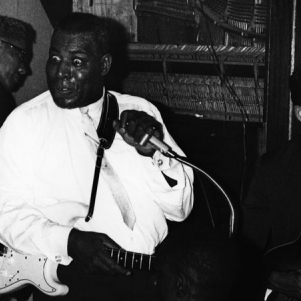2024 can be kinda lame...
Come Join us in 1974

Bob Dylan
Bringing It All Back Home
Released: March 21st, 1965
The events we write about at Gaslight Records happened in some form or another 50 years ago to the day. Roll along with us and imagine you are back in 1974.
Support Gaslight Records
It’s March 22nd, 1965:
I’m a die-hard Dylan fan, and that being the case, when I woke up this morning it felt like Christmas day. A copy of Bringing It All Back Home - Dylan’s new album - had my name on it down at the local record store, and by the time 10am rolls around I’m busting out of my skin to get my hands on it. As it is for everyone else who has fallen down the rabbit hole of folk music and/or beat-poetry worship, to me Dylan represents more than just the bee’s knees of these movements. Rather he is a prophetic figure—a kind of apparition who has appeared amid dark times to capitulate the boiling mood of young America to perfection in his songs. Dylan hasn’t just revived folk music, he has brought it up from the underground to the point where it’s politically subversive messages and poetic prowess are resonant on a meaningful, even global scale.
So today is kind of a big deal.
But from the moment I drop the needle on the freshly pressed vinyl there is something amiss. I can recognize the voice as that of my man, but at the same time, the way he’s spitting out lines in such a rushed, throw away fashion makes it sound like anyone but Bob Dylan. “Subterranean Homesick Blues” makes me think he has been taken hostage by some sadistic music producer and forced to record his latest ballad atop a hot tin roof; and joining him on that roof is a corny pop group who force the tempo along at a break-neck clip in order to swallow up any room for the lyrics to breath.
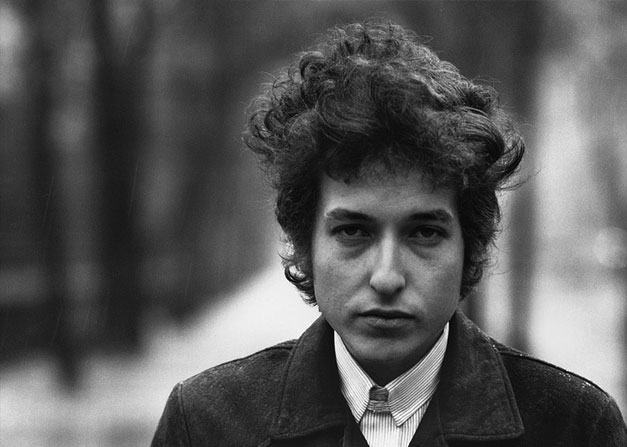
I’m bewildered by the time the first song’s over - overwhelmed by a lyric that seems to tack one disparate motif onto the next in the blink of an eye and with virtually no sense of topical continuity; and I’m made nauseous by a clattering rhythm section that reminds me of the out-of-control train that I desperately cling on to in a recurring nightmare.
But when I’m just about to coil up in the ‘all hope is lost’ fetal position on the floor of my apartment, “She Belongs To Me” rattles to life. Here he is: the steady-handed young master come to dissect the core of love and loss while also deploying America’s traditional music form.
Now that Bobby has returned to form - albeit in a fairly minor way - my nerves are settled enough that I’m able to go on; but still, I don’t know that I’ll ever really recover from that brain-rattling/earth-shattering occurrence that was “Subterranean”.
The deep scarring in my soul at the hands of the opening track could have only been made worse by one thing: “Maggie’s Farm”—a tune that boasts a horrific pop inspired jig atop the edifice of topical songwriting. But worse, this time around Dylan doesn’t seem coerced into participation, but actively complicit in the desecration of Woody Guthrie’s legacy! In that, he deals exclusively in metaphors that seem to bemoan the folk music community—calling it a mass-producing factory farm that constrains creativity by co-opting artists into an overarching political agenda. He turns his back on the people who have nurtured and inspired his songwriting trajectory through such lyrics; and he does it with the sound of rye mockery in his voice.
Pete Seeger must feel like Julius Caesar when listening to this song: teach Brutus all he knows only for him to turn it all against you in the most monstrous way possible.
But hold on... "Love Minus Zero" completely turns the tables on me again. I was filled with red-hot hatred a few seconds ago—ready to devote myself to establishing an anti-Dylan protest team designed to sabotage all his public appearances with signage and catchy chants. And now... now I’m disarmed again.
What's going on here? Has Dylan developed an extreme personality disorder whereby one side of the brain is still that of pure folk genius, while the other has been corrupted by the very spirit of corruption—a consumerist devil aiming to capitalize on the hideous wave of pop stardom rising up out of the UK? The ethereal creative mind—the likes of which Dylan surely has—apparently works in such crazed ways, so it’s hard to rule out this notion completely. After all, there is a rumor going around that he went down to Clarksdale and traded his soul to the devil for otherworldly abilities: maybe now the Devil rears its head; maybe the price you pay for such dealings is to end up the most antithetical version of what you set out to be.
Over the course of the next three songs I become convinced that Dylan is lost to the devil completely. Yes, he’s still dealing in storytelling, but he does it in such a snarling, hand-in-hand way with the poppy backbeat that it all comes off sounding like the deepest possible derision of everything he previously stood for.
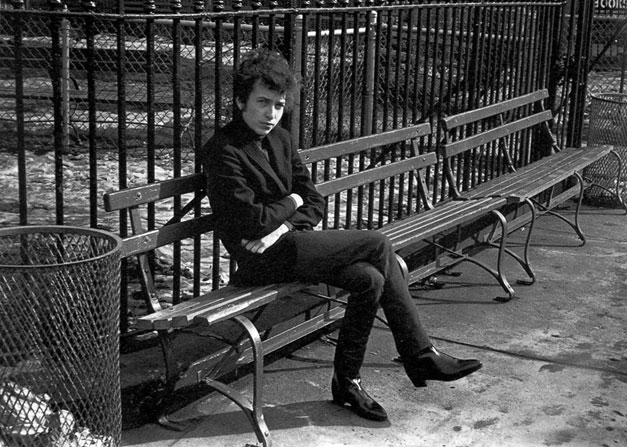
How best to burn the house down? Answer: from the inside. That’s precisely what Dylan does to folk here: appropriates its phrasing and storytelling sensibilities, while smashing to smithereens everything it holds as sacred and then dancing on the ashes. Take the opening of “Bob Dylan’s 115th Dream”, for example: it’s the same maniacal laughter you can imagine filled Nero upon the sight of Rome burning to the ground. Dylan is acutely aware of the monolith he is destroying; and like Nero before him, he seemingly revels in the destruction.
But just when I’ve given up, just when I’m reaching for the arm of my record player so that I might tear it away in disgust and proceed to sit in silence, the proverbial weather breaks in the most profound way. “Mr. Tambourine Man” is not just Dylan returning to the folk structures and sounds that he was weaned on; it is one of the greatest examples known to man of how to interweave topical writing with a sense of cerebral existentialism. Never before has a mindset of hatred been so rapidly resolved; and moreover, turned into love, than in the before-after snapshot that circles lines like:
“Take me disappearing through the smoke rings of my mind, down the foggy ruins of time, far past the frozen leaves, the haunted frightened trees, out to the windy beach, far from the twisted reach of crazy sorrow. Yes, to dance beneath the diamond sky with one handed waving free, silhouetted by the sea, circled by the circus sands, with all memory and fate driven deep beneath the waves, let me forget about today until tomorrow.”
Awe only compounds throughout the final songs on the album, until following “It’s Alright, Ma (I’m Only Bleeding)” I am once again convinced I’ve found a prophet for the ages; one to never be surpassed in his field, or even close to.

As my shoddy attempt at a folkster’s perspective attempts to point out above, Bob Dylan was largely viewed as something of a traitor following his turn away from folk traditionalism toward more electric stylings. It was a move that fans, critics, and the folk establishment alike struggled to come to terms with, and indeed revolted against. But as years wore on, critical opinion largely changed its tune to the point where this move by Dylan has become widely regarded as not just deft but a stroke of genius. Looking back, Bringing It All Back Home looks so bold because it was unmistakably a slap in the face to the genre that had supported and educated Dylan; while at the same time, songs like “Mr. Tambourine Man” and “It’s Alright Ma” show that he could do folk better than anyone else could even dream of. Ultimately, the record was more a sign of defiance from Bob than anything else—a step that said, ‘I know what you all want from me but I refuse to be pinned down.’ And as we stand here deep in the aftermath of the album’s release, the only sane response is to say that he was completely right in taking such a controversial step, because it was one that helped shape his mysterious and always ahead-of-the-curve aura perhaps more than any other he ever took.
2024 can be kinda lame...
Come Join us in 1974
Recomended for you
If you like this album you may also like
More recent news

News
August 26th, 1972: John Prine returns with second album

News
August 24th, 1972: Joni Mitchell recording 5th studio album
28-year-old Joni Mitchell has begun recording her 5th studio album in Hollywood, California. For The Roses is Mitchell's follow up to her 1971 album Blue.
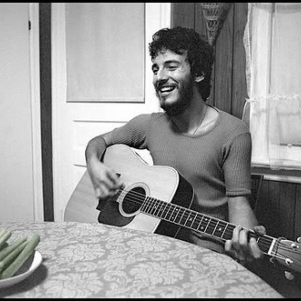
News
August 23rd, 1972: Bruce Springsteen has begun recording debut album in New York
John Hammond signed Springsteen to Columbia Records earlier this year.

News
February 7th, 1970: Black Sabbath share debut single "Evil Woman": Listen
The English rock band's debut album is due out this week.
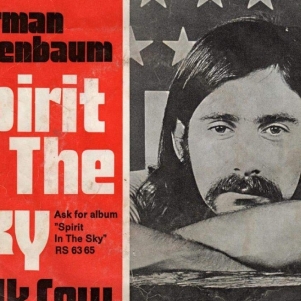
News
December 30th, 1969: Norman Greenbaum releases "Spirit In The Sky" from his debut album: Listen
Greenbaum's sings the gospel on his new single
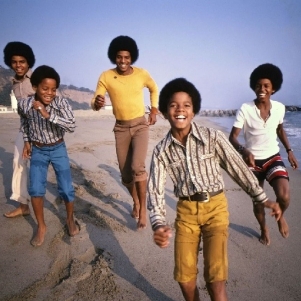
News
December 23rd, 1969: Watch The Jackson 5 perform single from their debut album on Ed Sullivan
Diana Ross Presents The Jackson 5 is the latest release from Motown
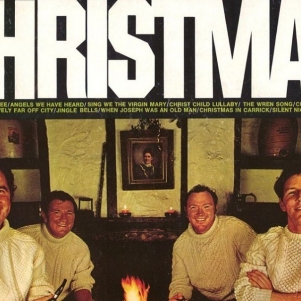
News
December 20th, 1969: The Clancy Brothers have released a new album of Christmas songs: Listen
Irish folk group, The Clancy Brothers have recorded 11 songs to bring a little joy to your Christmas
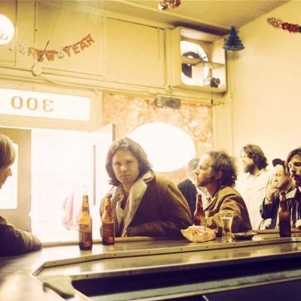
News
December 18th, 1969: See photos from The Doors album cover shoot in Los Angeles today
The new Doors album is due for release early next year.
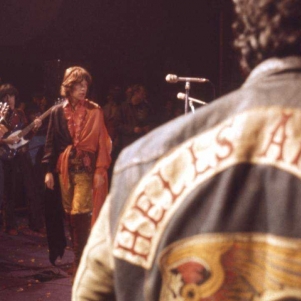
Article
December 10th, 1969: Four people died over the weekend at The Altamont Speedway Free Festival
Here's the story of Altamont in quotes from many of the people involved.
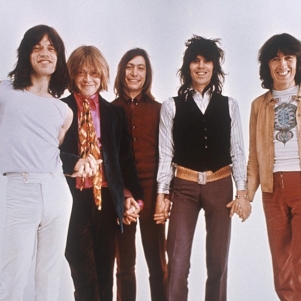
News
December 5th, 1969: The Rolling Stones have released a new studio album ahead of their free concert tomorrow at Altamont
As The Stones finish their run of U.S. concert dates they have released their eighth album, Let It Bleed.
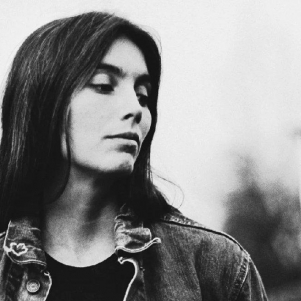
News
December 3rd, 1969: Emmylou Harris covers Bob Dylan on debut album
Listen to Harris's cover of Dylan's "I'll Be Your Baby Tonight" from her album Gliding Bird
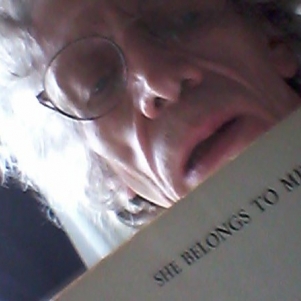
Live At The Gaslight
Peter Stone Brown covers Bob Dylan's "She Belongs To Me"
Recorded in Atlantic City at Dylan Fest in 2015



